Every year toward the end of the school year, I begin to start thinking about things I can do to improve my classroom for the next school year. My class website, my blog, science notebooks, etc. have all came out of this process. Throughout this school year I’ve tried to do group work and labs, but group work is an area I’ve struggled with in my classroom. I’ve had a hard time letting go of the reins and giving the students some ‘control’ over their learning. We have so much to cover — and I was scared I would not be able to cover all of our standards. After finishing our standards for 4th grade and reviewing for our Aspire test, I decided it would be a great time to test out Science Stations in my classroom. I’m a big follower of The Science Penguin, a fellow classroom teacher who blogs and makes resources for classrooms all over the world. I purchased her big stations pack this year, and decided that we would begin using them in Science. Her teachers pay teachers store is located here. I set up stations — for plants I decided we would have six. I purchased these buckets from Dollar Tree earlier in the year.  I arranged our desks into six groups. Each group comes in and sits together during class.
I arranged our desks into six groups. Each group comes in and sits together during class. 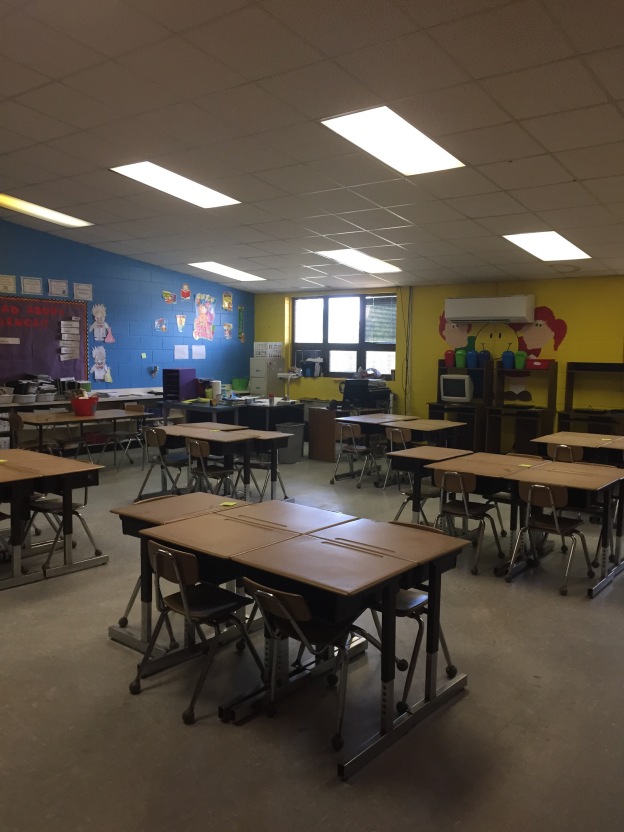 At the beginning of every class we have a quick mini-lesson. After they finish their stations, they have a notebook page to create relating to their lesson. We have 6 stations relating to plants. These stations came from the Science Penguins Science Stations Unit. Station 1 – Read It. In this station, students have 3 passages to read. They are reading about needs of plants, reproduction of plants, and importance of plants. They are recording important details about plants on their graphic organizer. Pictured below are students working in this station.
At the beginning of every class we have a quick mini-lesson. After they finish their stations, they have a notebook page to create relating to their lesson. We have 6 stations relating to plants. These stations came from the Science Penguins Science Stations Unit. Station 1 – Read It. In this station, students have 3 passages to read. They are reading about needs of plants, reproduction of plants, and importance of plants. They are recording important details about plants on their graphic organizer. Pictured below are students working in this station. 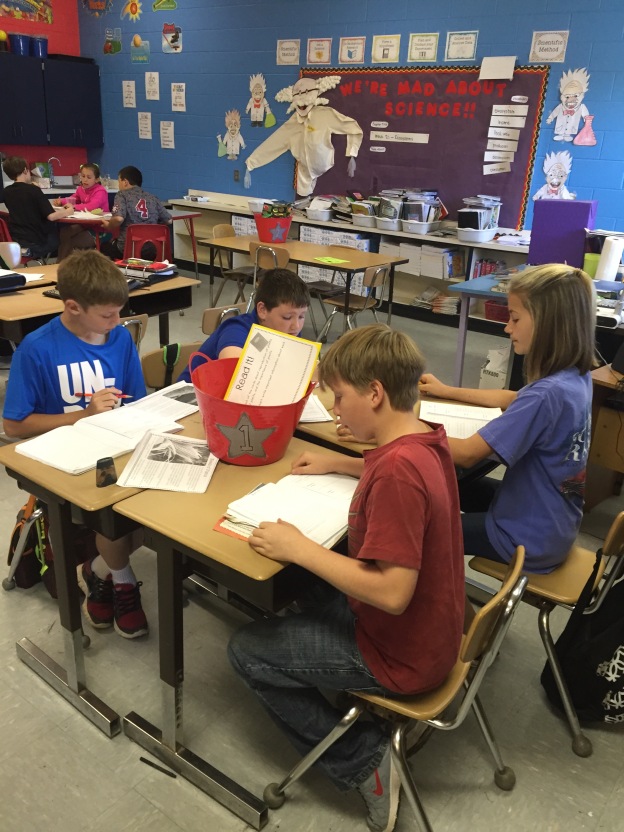
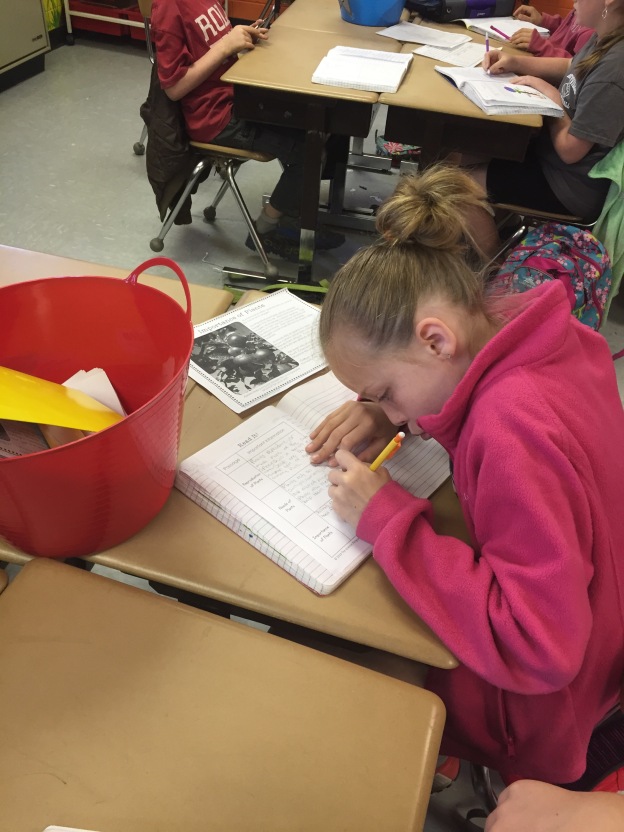 Station 2 – Tech It. In this station students are watching two scholastic study jams and taking quizzes. Afterwards they are describing what they learned and illustrating the concepts.
Station 2 – Tech It. In this station students are watching two scholastic study jams and taking quizzes. Afterwards they are describing what they learned and illustrating the concepts. 
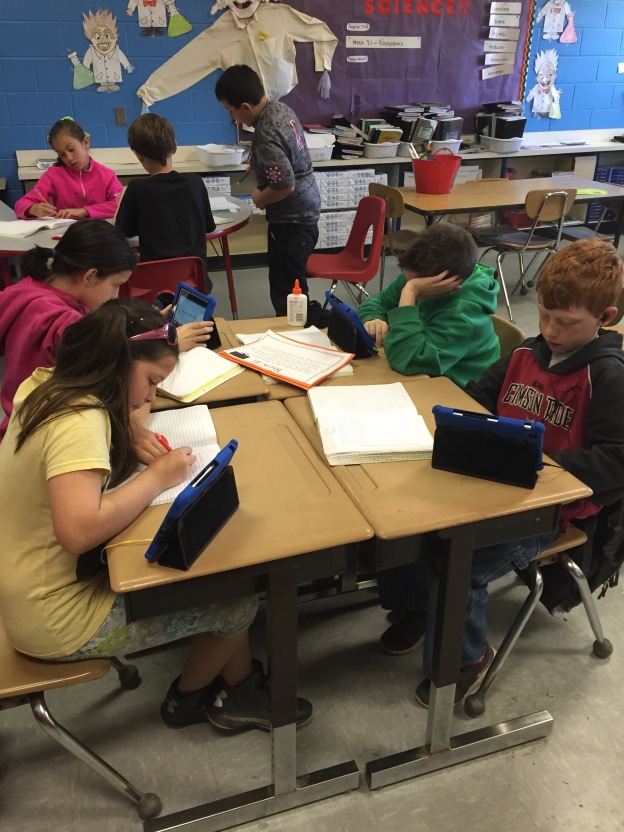 Station 3 – Explain It. In this station students have a table about an experiment involving tomato plants and varying degrees of sunlight. Students are writing three observations and concluding the results of the experiment.
Station 3 – Explain It. In this station students have a table about an experiment involving tomato plants and varying degrees of sunlight. Students are writing three observations and concluding the results of the experiment. 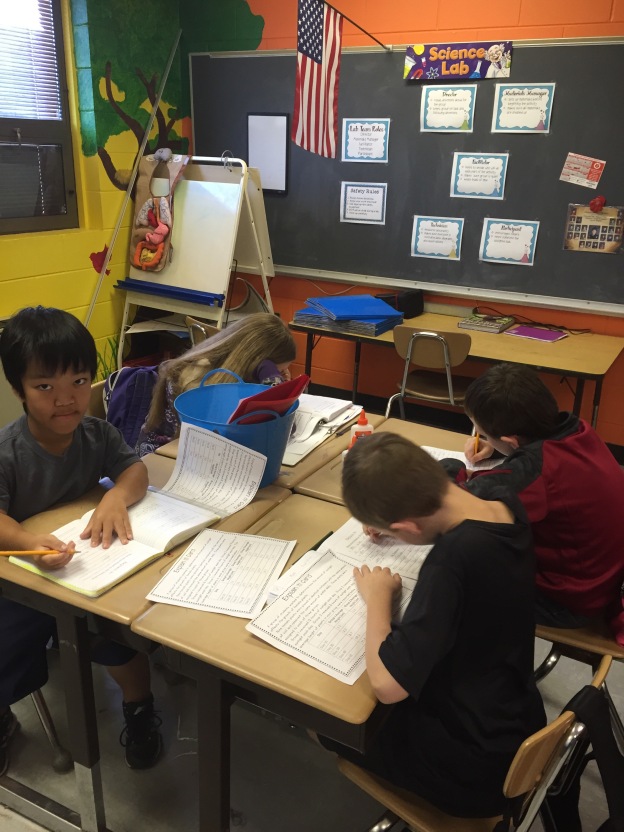 Station 4 – Analyze It. Students are analyzing a picture of a houseplant.
Station 4 – Analyze It. Students are analyzing a picture of a houseplant. 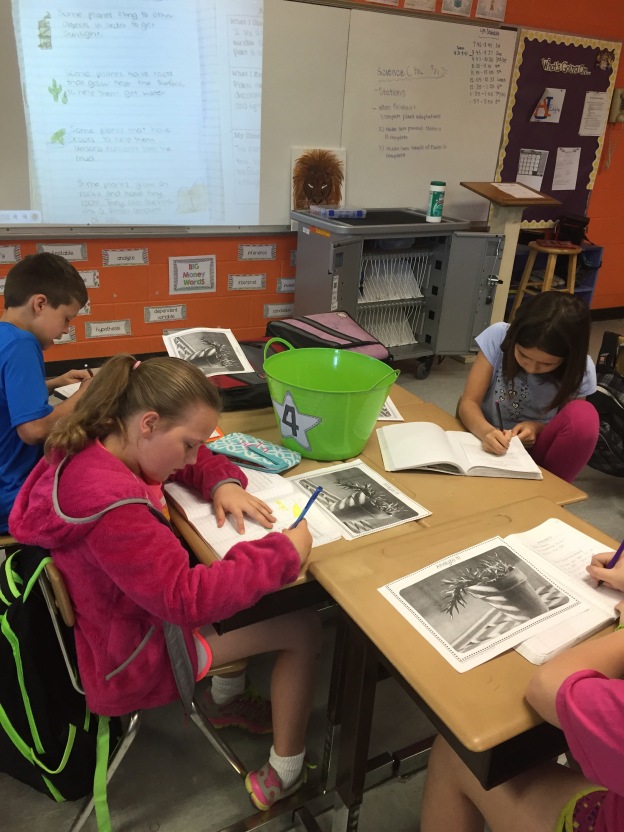 Station 5 – Sort It. Students sort different cards into three categories – characteristics of animals, plants, or if they are both characteristics.
Station 5 – Sort It. Students sort different cards into three categories – characteristics of animals, plants, or if they are both characteristics. 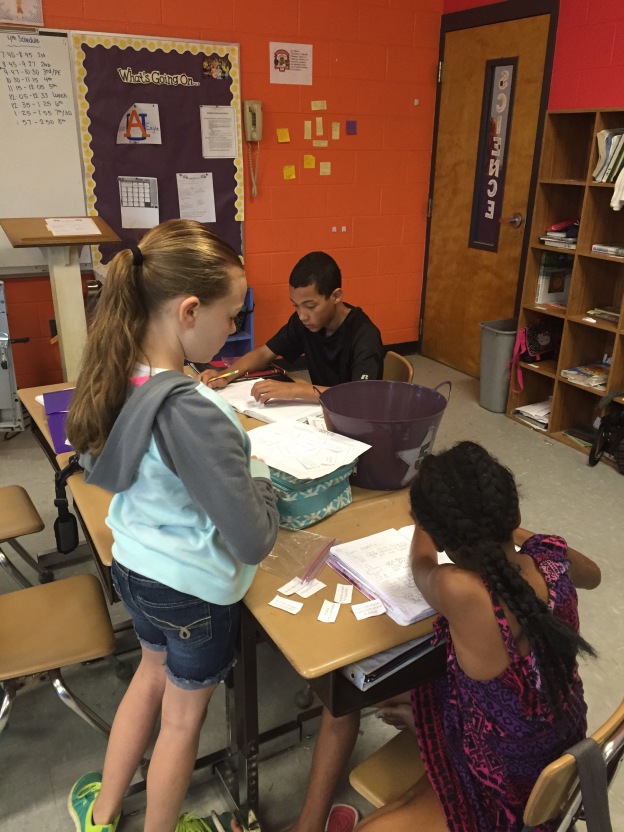 Station 6 – Explore It. In this station, students are looking at plants in food coloring and observing how water is transported.
Station 6 – Explore It. In this station, students are looking at plants in food coloring and observing how water is transported. 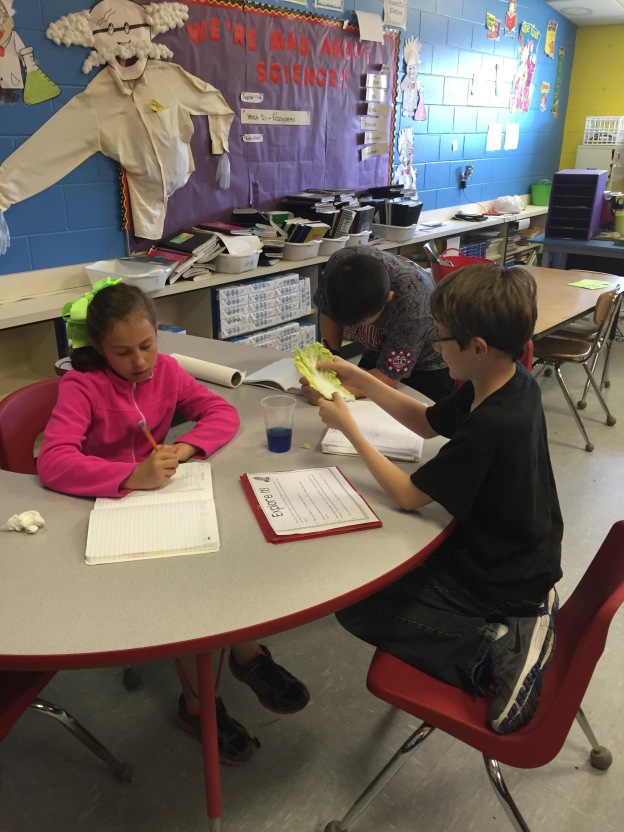 I’ve been inspired by the eagerness and the quality of work that my 4th graders have put into our stations. Can’t wait to implement this next year with all of our standards. It’s been a great year!! I’m so grateful for the opportunity to teach the 4th graders at HES Science. 🙂 Love, Mrs. Goggans
I’ve been inspired by the eagerness and the quality of work that my 4th graders have put into our stations. Can’t wait to implement this next year with all of our standards. It’s been a great year!! I’m so grateful for the opportunity to teach the 4th graders at HES Science. 🙂 Love, Mrs. Goggans
-
Subscribe
Subscribed
Already have a WordPress.com account? Log in now.